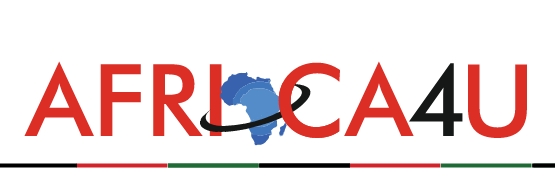(3 Minutes Read)
Mobile money has become a significant driver of Cameroon’s economy, now contributing over 5% to the country’s GDP, according to the latest “State of the Mobile Money Industry” report by the GSMA—a global body representing more than 750 mobile operators and device manufacturers.
The report places Cameroon among Central Africa’s top mobile money economies, alongside Congo and Gabon, where the sector contributes between 5% and 8% of GDP. In contrast, mobile money’s influence in Southern Africa remains modest, typically below the 5% mark.
Cameroon is approaching the mobile money adoption levels seen in African trailblazers like Côte d’Ivoire, Ghana, and Kenya—the latter recognized globally for pioneering mobile payments with Safaricom’s M-Pesa in 2007.
The GSMA highlights West Africa as the region where mobile money’s impact on GDP is most significant, with countries such as Benin, Côte d’Ivoire, Ghana, Guinea, Guinea-Bissau, Senegal, and Liberia all exceeding the 5% threshold. Similarly, East African nations like Kenya, Rwanda, Uganda, and Tanzania show strong mobile money integration.
In Cameroon, mobile money usage has surged, with adoption among adults aged 15 and above rising from 29.9% in 2017 to 42.7% in 2022, based on data from the country’s National Institute of Statistics (INS) published in April 2024.
Read Also;
https://trendsnafrica.com/master-card-acquires-stake-in-nigerias-mtn-technology-arm/
This rapid uptake has cemented Cameroon’s status as the mobile money leader in the CEMAC region, which also includes Congo, Gabon, Equatorial Guinea, Chad, and the Central African Republic. According to the region’s central bank, BEAC, Cameroon handled 71% of all mobile money transactions by number (around 1.7 billion) and 55% by value (CFA59,003 billion) in 2022. Congo and Gabon followed, with Congo accounting for 15% of transaction volume (about 364 million), and Gabon for 15% of total value (CFA16,164 billion).





